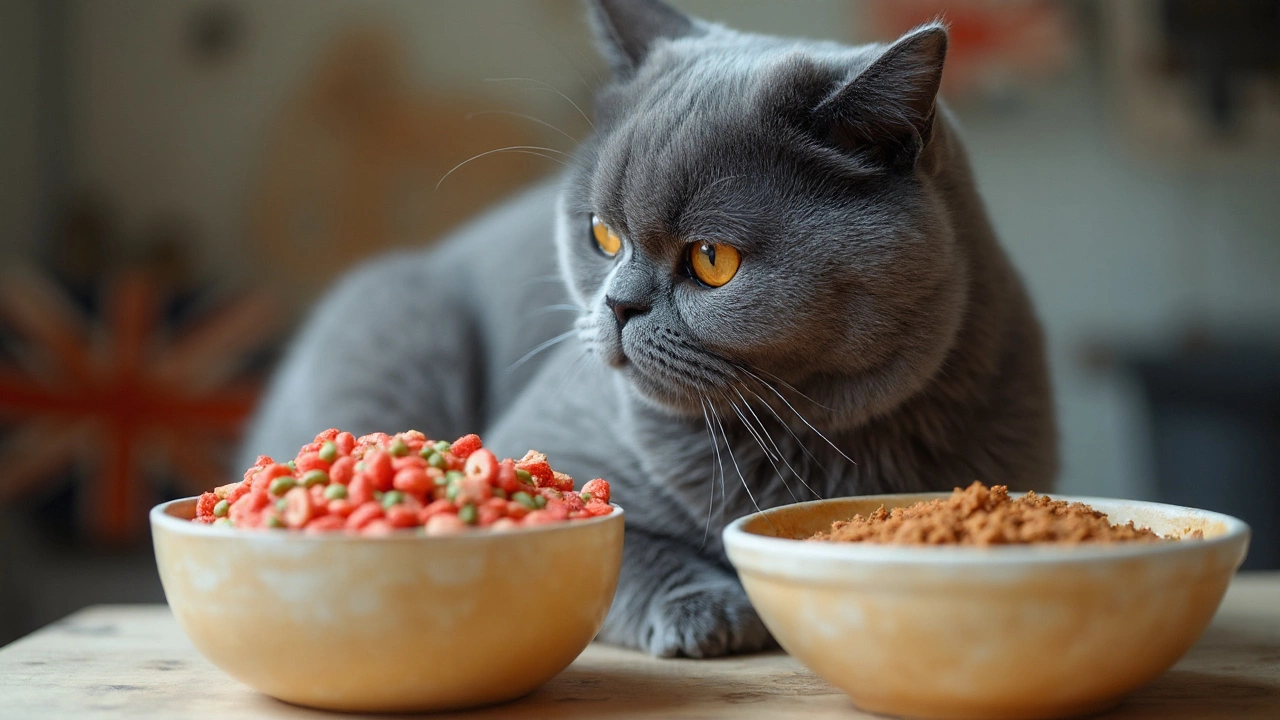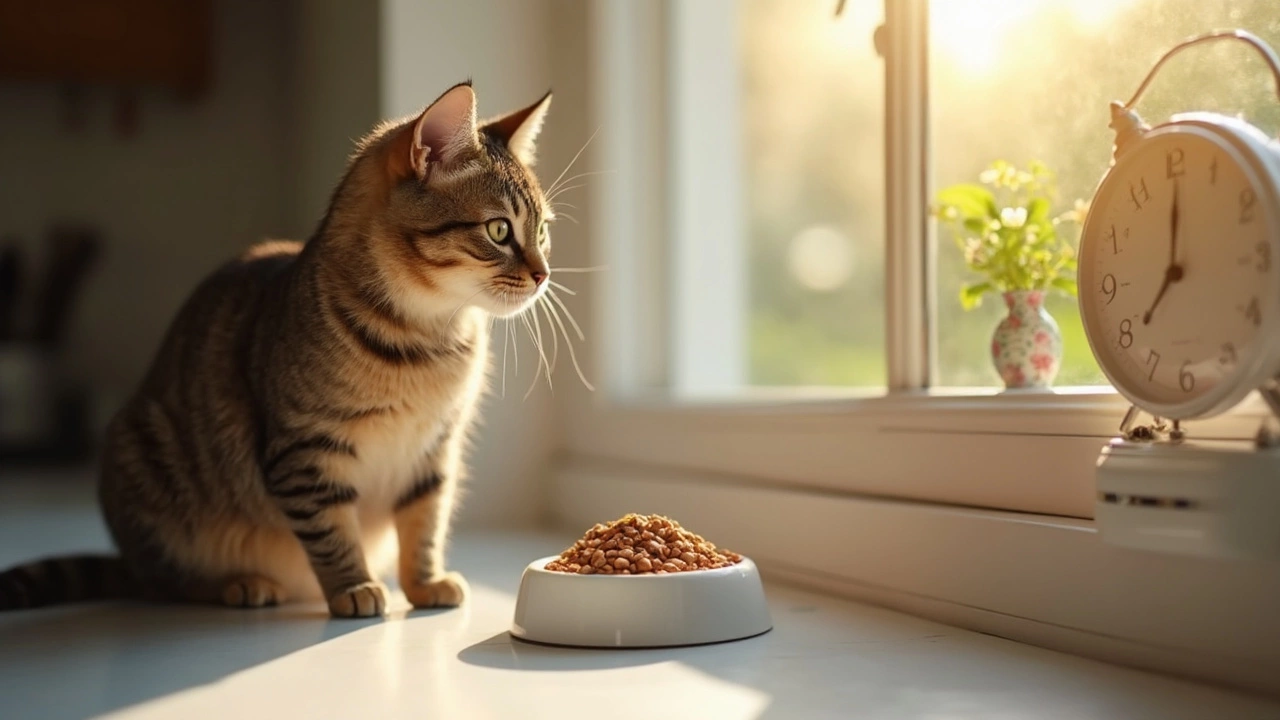Dry Cat Food: Simple Tips to Pick the Right Kibble
If you’re scrolling through endless bags of kibble, you’ve probably wondered which one actually helps your cat thrive. The good news is you don’t need a degree in animal science to make a solid choice. Look for a few key facts on the label, check the ingredient list, and match the food to your cat’s age and health needs.
What Makes Good Dry Cat Food?
First, protein should be at the top of the list. Cats are obligate carnivores, so animal‑based protein (chicken, turkey, fish) matters more than grain or plant fillers. Aim for a product where the first ingredient is a named meat source, not “meat meal” or “by‑product”.
Second, check the moisture content. Dry kibble is low‑moisture by nature, so it’s important to pair it with fresh water. Some brands add glycerin or broth to boost palatability, but that shouldn’t replace the water you provide.
Third, watch the carbohydrate level. Cats don’t need a lot of carbs, so a formula with less than 10% carbs is usually a safe bet. High‑carb kibble can lead to weight gain and urinary issues over time.
Finally, consider added nutrients. Taurine, arachidonic acid, and vitamin A are essential for eye health, heart function, and a shiny coat. Most quality dry foods list these, but it’s worth a quick glance.
How to Transition Your Cat to New Food
Switching kibble can be stressful for a picky eater. The trick is to make the change gradually. Start by mixing one part new food with three parts old food for a few days, then shift to a 50/50 blend, and finally go full‑new after about a week.
Keep an eye on your cat’s litter box and appetite during the switch. If you notice loose stools or a drop in eating, slow the transition down and give the digestive system more time to adjust.
Don’t forget to monitor weight. A healthy adult cat should stay around their ideal weight range; any sudden gain or loss means you might need to tweak portions or re‑evaluate the kibble’s calorie count.
If your cat has specific health concerns—like kidney disease, allergies, or hairball problems—look for formulas that address those needs. Many brands offer grain‑free, limited‑ingredient, or extra‑fiber options that can make a difference.
In the end, the best dry cat food is the one your cat enjoys, that meets their nutritional needs, and fits your budget. Use the protein‑first rule, keep carbs low, and make any changes slowly. With those basics, you’ll feel confident feeding your feline a balanced kibble that supports a happy, healthy life.
Posted By Bryndle Redding On 5 Aug 2025 Comments (0)
Hidden Dangers in Dry Cat Food: What Ingredients to Avoid for Your Cat's Health
Learn what harmful ingredients lurk in dry cat food. Find out which additives and fillers to watch for and how to choose healthier options for your cat.
READ MOREPosted By Bryndle Redding On 28 Jun 2025 Comments (0)
Should You Leave Dry Cat Food Out All Day? Expert Feeding Advice for Healthy Cats
Wondering if you should leave dry food out for your cat all day? Learn expert advice, pros & cons, and smart tips for healthier, happier cats.
READ MORE
